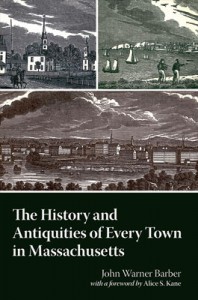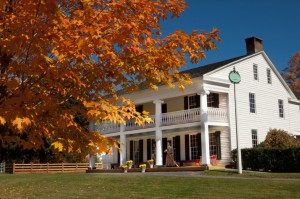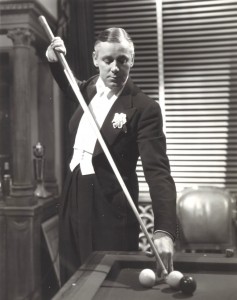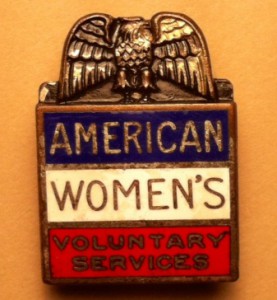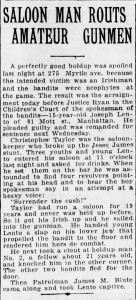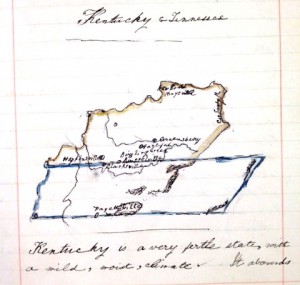
“I wish I had thought to ask my grandmother…”
It is a sentiment that is commonly uttered by patrons at the NEHGS reference desk. And, as a genealogist, I can see the frustration. Because it is often these small details, these seemingly insignificant relationships that can help to break down age-old brick walls. But, and I think more importantly, these small details also allow researchers to connect with their ancestors on a more personal level. So, rather than recording dates and names (which, yes, are also important), genealogists should also aim to learn more about the lives of their family members. Continue reading Asking Grandmother

